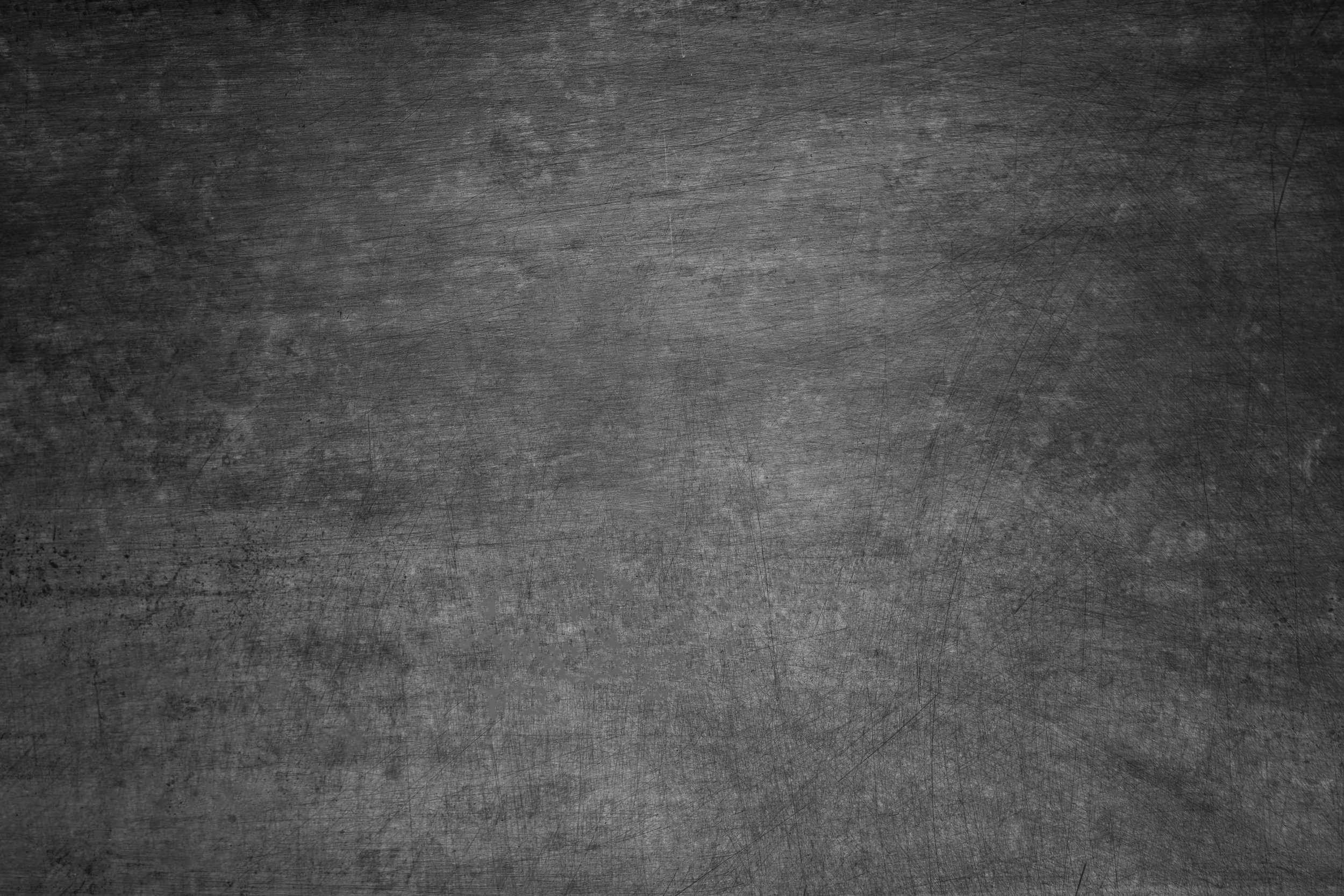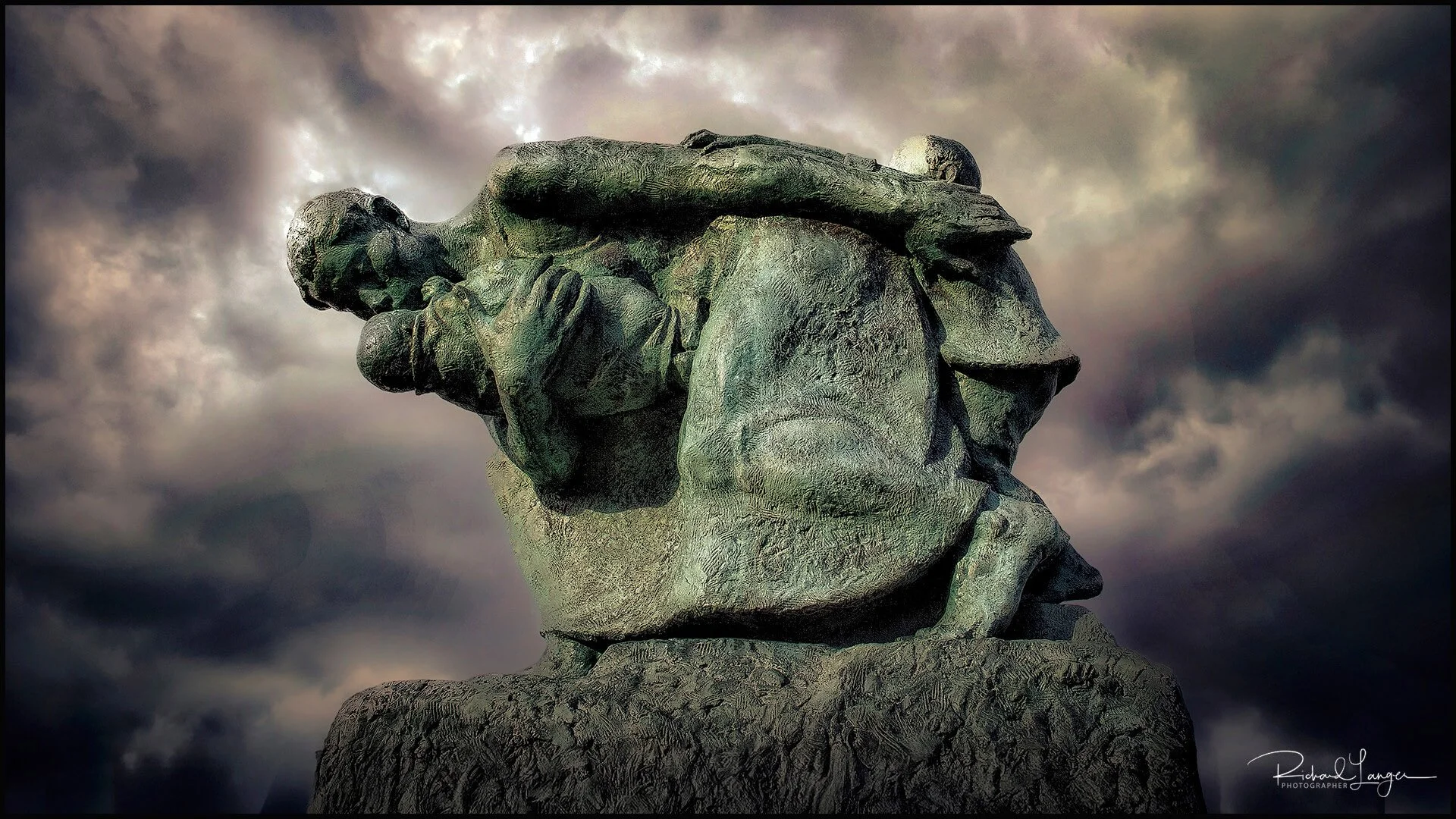
Our Shadow —
Hiroshima
The bombing of Hiroshima on August 6, 1945, marked one of the darkest moments in human history.
The atomic bomb, dropped by the United States, instantly obliterated the city, killing an estimated seventy to eighty thousand people immediately, with another 130,000+ more dying in the months that followed due to radiation exposure and injuries.
The devastation was unprecedented, turning a once vibrant city into a landscape of ash and ruin.
While one could make an argument that the atomic bomb ultimately saved American lives in the long-run, it is still difficult to image the scope of suffering that was inflicted on the population of Hiroshima, as technological advancements are wielded not for progress, but for destruction.
Click an image below to see a full screen version.

"The atom bomb has deadened the finest feeling that has sustained mankind for ages. There used to be so-called laws of war which made it tolerable. Now we know the naked truth: war knows no law except that of might."
--Mahatma Gandhi (Indian Leader and Pacifist)

"8:15 a.m., the watches stopped. A flash of light, brighter than the sun, silenced the city, freezing time itself."
– Historian’s account of Hiroshima

“I fought with myself for 30 minutes before I could take the first picture. After taking the first, I grew strangely calm and wanted to get closer. I took about ten steps forwaRd and tried to snap another, but the scenes I saw were so gruesome that my viewfinder clouded with tears.”
--Yoshito Matsushigo, Photographer

A model of the City of Hiroshima before the explosion of the A-Bomb

“Hiroshima does not look like a bombed city. It looks as if a monster steamroller had passed over it and squashed it out of existence.”
--Wilfred Burchett, Australian Journalist Reporting From Hiroshima

“I felt like I was being told that the human race was ending.”
--John Hersey, Author

“"The act that took place on August 6, 1945, was history’s most terrifying experiment. It was an experiment that involved not only the 200,000 human beings who were its first victims but the human race as a whole."
Norman Cousins Editor Saturday Review

The Atomic Bomb Memorial Mound is a large, grass-covered knoll that contains the cremated ashes of 70,000 unidentified victims of the bomb.

"The prospect for the human race is somber beyond all precedent. Mankind is faced with a clear-cut alternative: either we shall all perish, or we shall have to acquire some slight degree of common sense."
Bertrand Russell (British Philosopher, Mathematician, and Peace Activist)

Near the center of the Memorial Park is a concrete, saddle-shaped monument that covers a cenotaph holding the names of all of the people killed by the bomb. The cenotaph carries the epitaph "Please rest in peace, for [we/they] shall not repeat the error."


